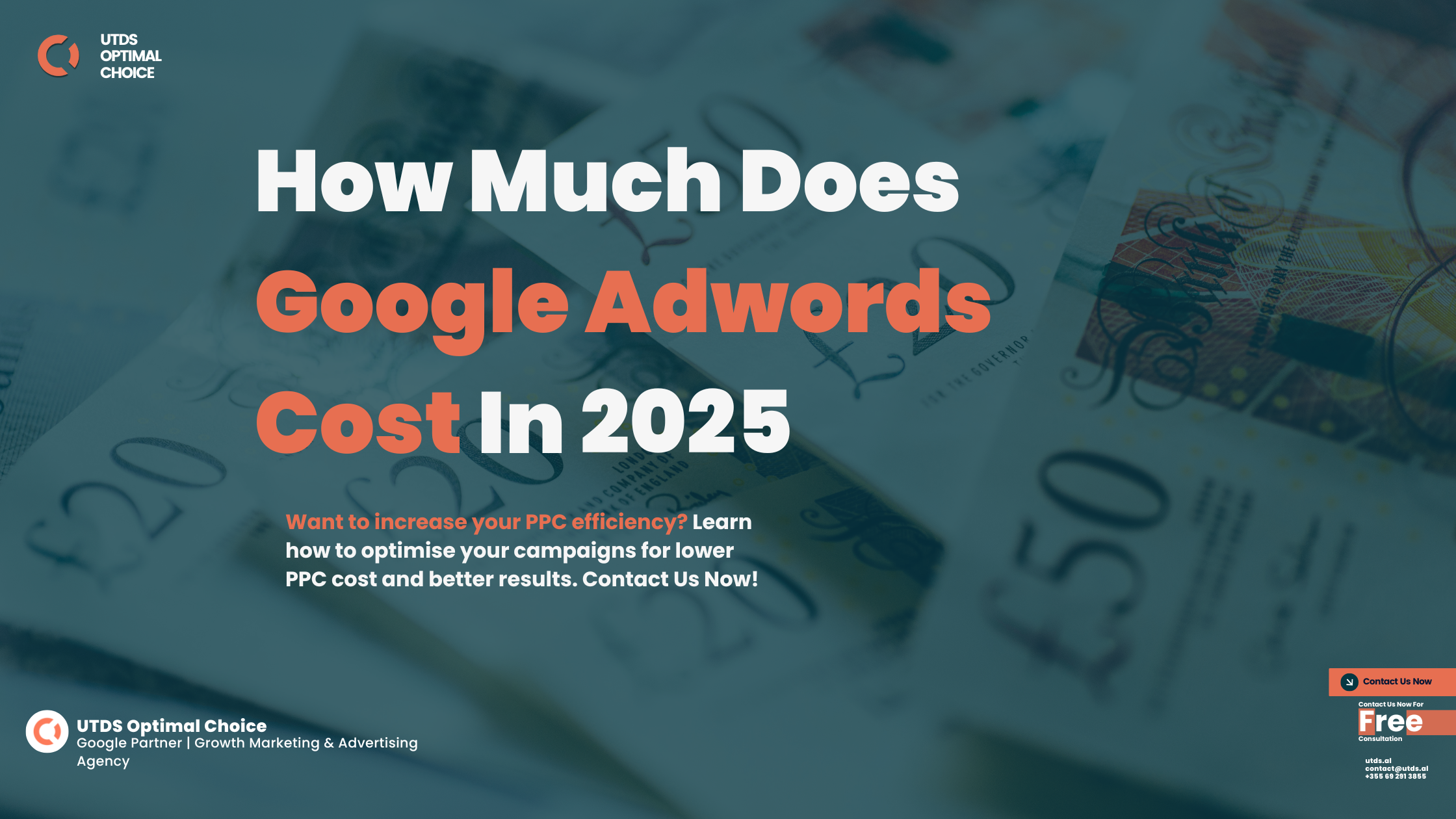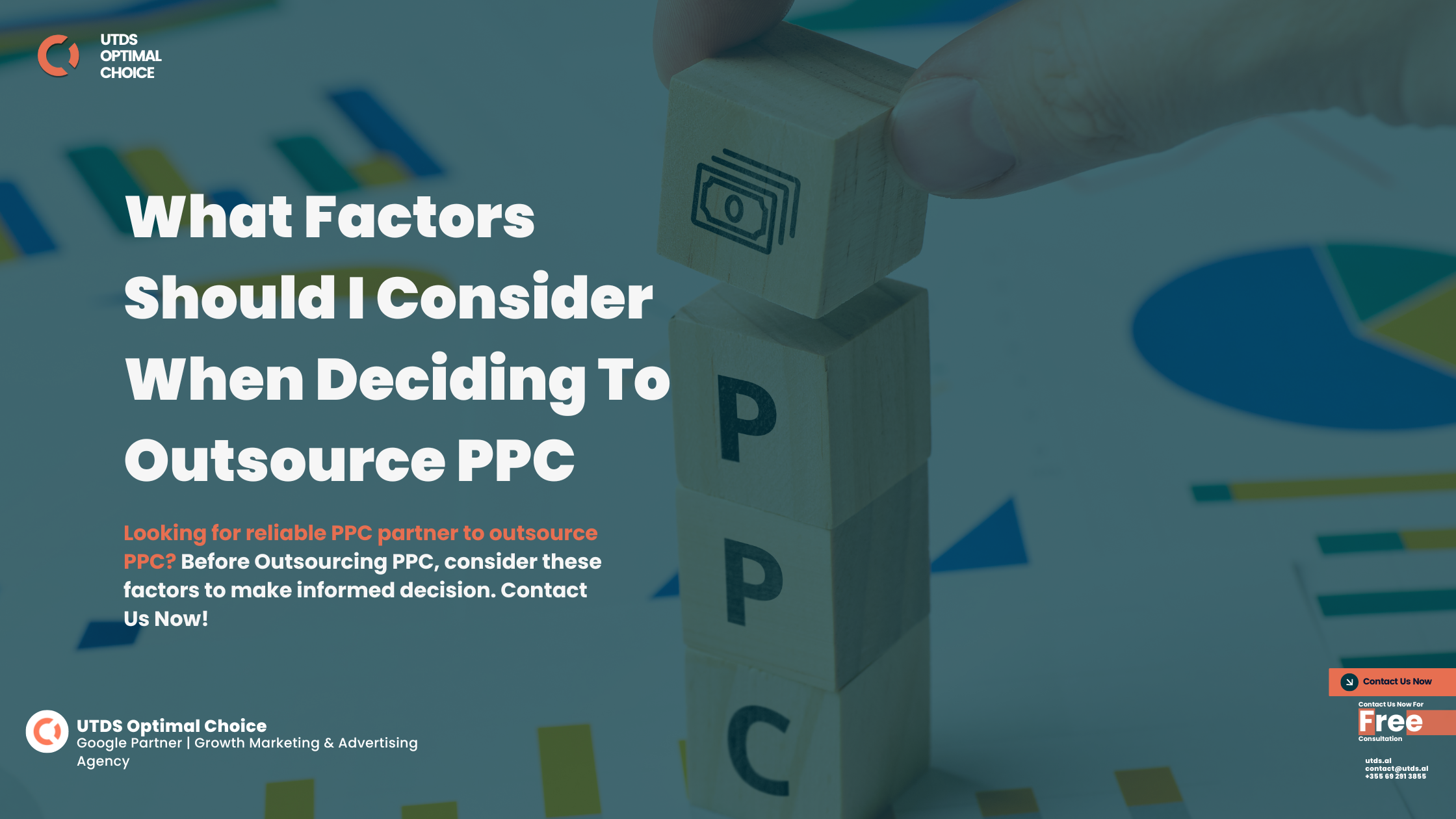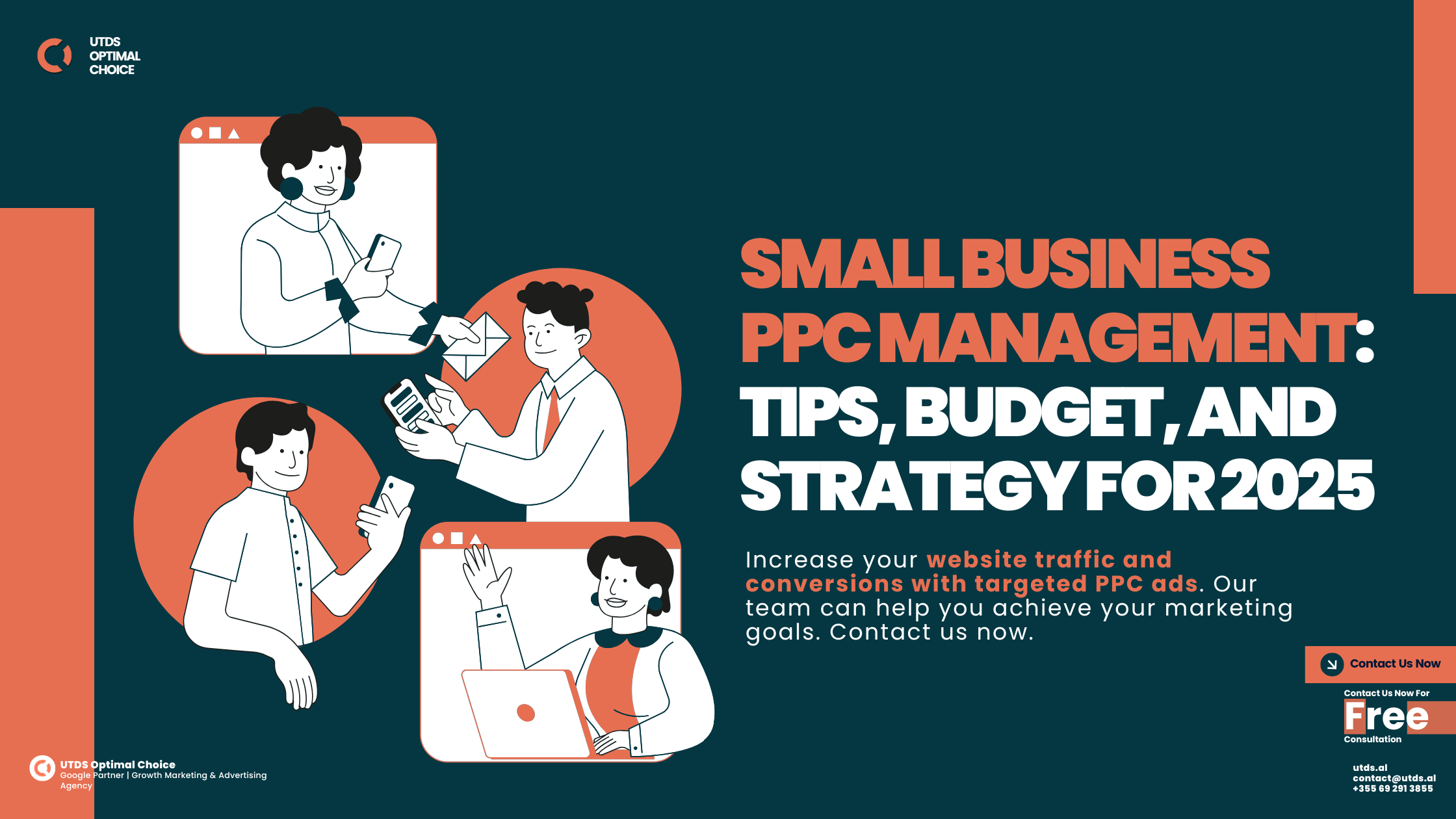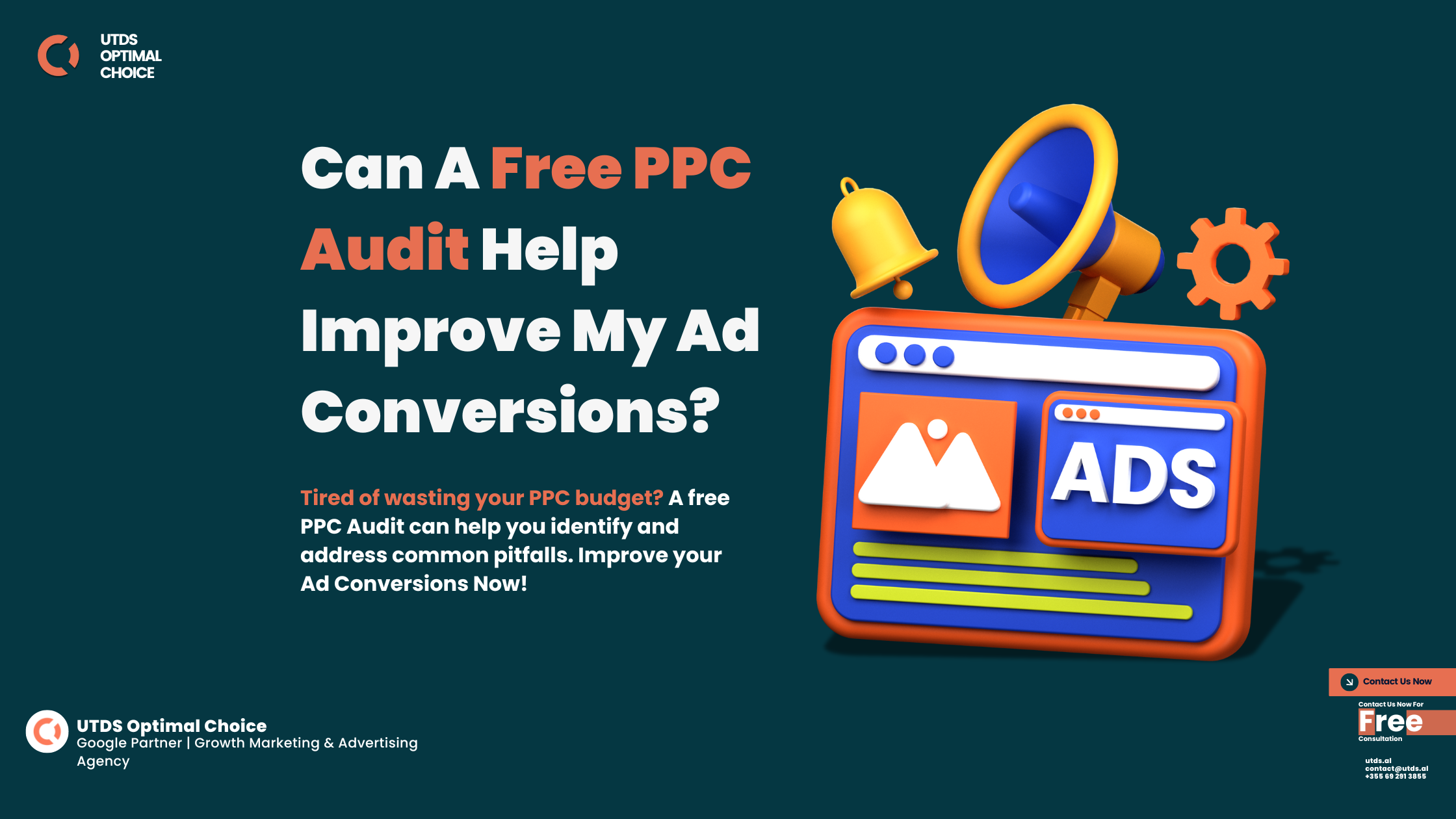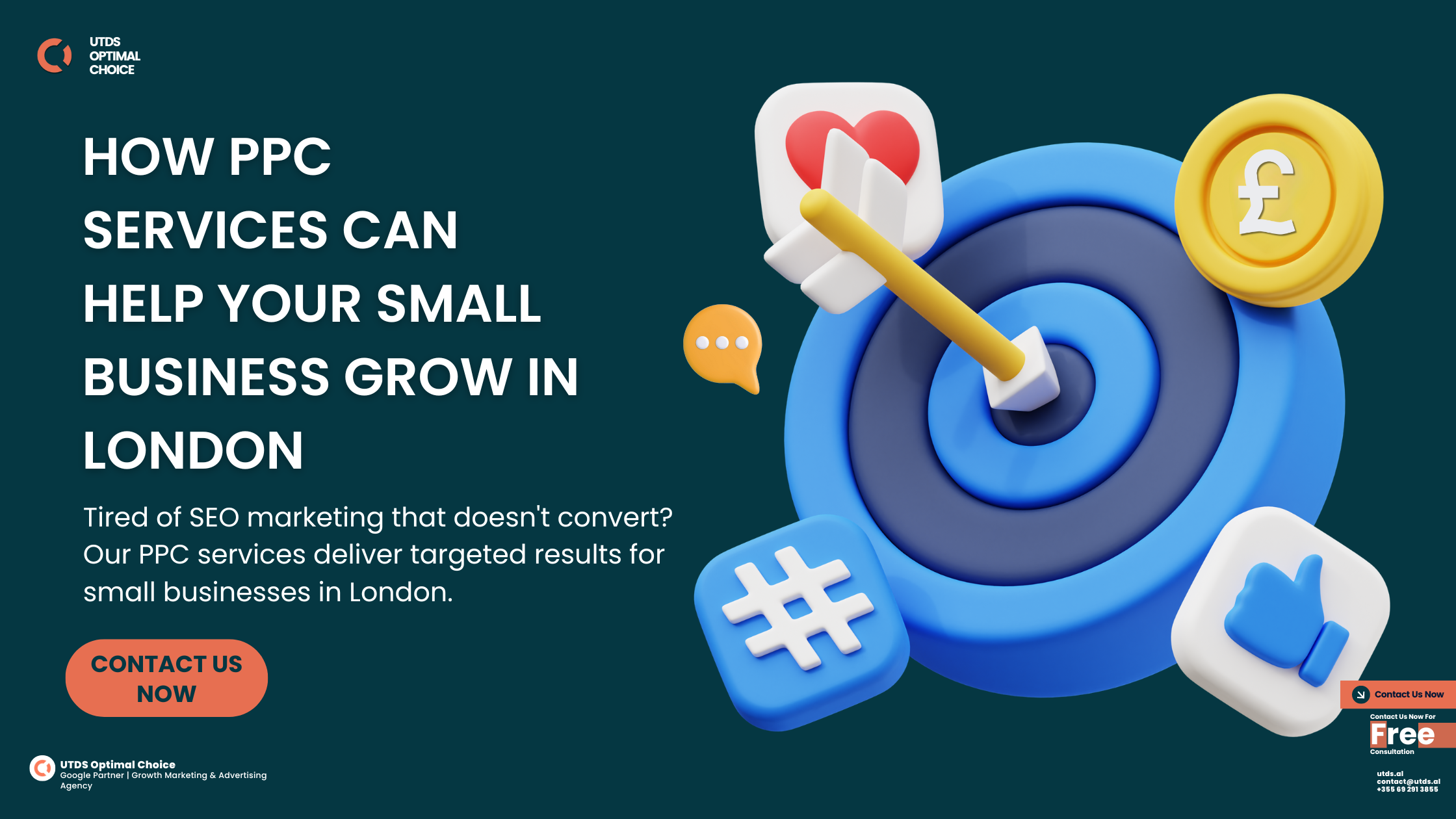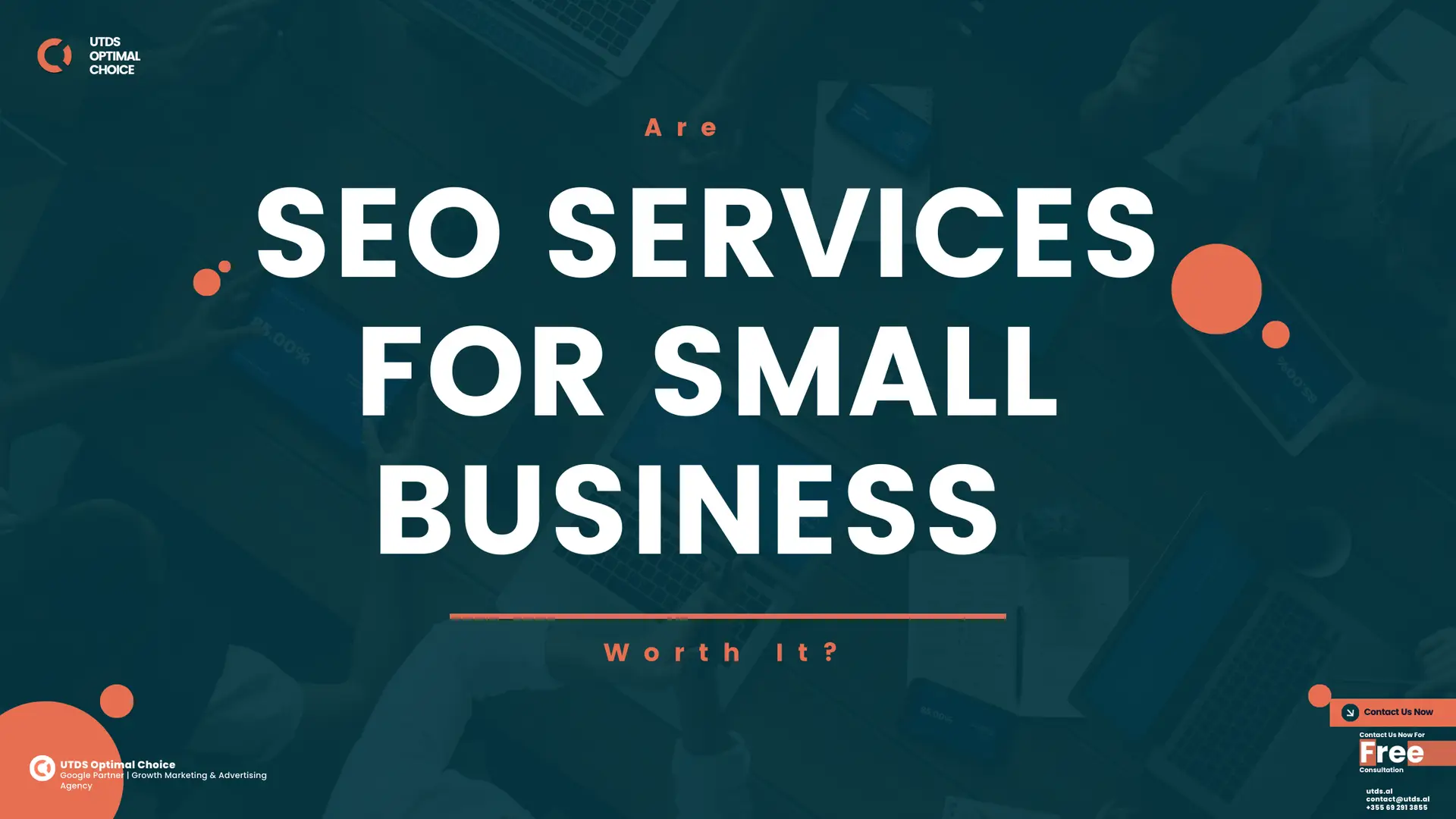Google Ads AI is an automation segment within Google Ads for businesses looking to automate and enhance their advertising efforts. However, while it provides many advantages, it’s important to understand the challenges that come with using AI-powered campaign in ad campaigns. Knowing these challenges will help businesses navigate potential pitfalls and make the most out of Google Ads AI.
Ready to get the most out of your Google Ads campaigns? At UTDS Optimal Choice, we specialise in helping businesses overcome the challenges of AI-powered ads, maximising your budget and results. Contact us today to see how we can help your business thrive with AI-driven Google Ads.
What Is Google Ads AI?
Google Ads AI refers to the use of artificial intelligence to manage and optimise Google Ads campaigns. It automates tasks such as bidding, audience targeting, and ad placements, making it easier for businesses to run ads more efficiently.
How To Set Up Google Ads AI
Setting up Google Ads AI is straightforward. First, log in to your Google Ads account and create a new campaign. Under the “bidding” section, you can choose an automated bidding strategy powered by AI, such as Maximise Conversions or Target CPA. AI will then begin optimising your campaign based on the data it receives. To know more in detail, Contact us now for free consultation.
What Are The Challenges Of Using Google Ads AI?
1. Limited Control Over Campaigns
One of the biggest challenges with Google Ads AI is the limited control it gives over campaign management. The AI handles tasks like automated bidding and audience targeting. While this can save time, it leaves advertisers with less manual control. For businesses that prefer a hands-on approach, this can be frustrating because it limits customisation.
2. Learning Curve For Small Businesses
Small businesses may find Google Ads AI difficult to use, especially if they’re new to digital marketing. While AI simplifies campaign management, business owners still need a basic understanding of how Google Ads works. The challenge is trusting AI to make critical decisions that directly affect budget and outcomes.
3. Data Dependency And Accuracy
Google Ads AI relies heavily on data to optimise your ads. For newer campaigns or small businesses without large datasets, AI may struggle to produce accurate results. In cases where there’s not enough data, the AI can make incorrect assumptions, leading to less effective ads. This highlights the importance of monitoring campaigns closely.
4. Unexpected Budget Spikes
AI-powered campaigns might go over budget if left unchecked. While Google Ads AI aims to get the best results for your money, it might sometimes spend more than expected to drive conversions. This can be a major issue for small businesses working with limited ad budgets. Keeping an eye on your spending is key to avoiding surprises.
5. Transparency And Understanding AI Decisions
Understanding why Google Ads AI makes certain decisions can be tricky. The system uses complex algorithms that are difficult to interpret, so advertisers may feel in the dark about why specific choices were made. This lack of transparency can make it hard to adjust campaigns based on the AI’s actions. Want to know more about Google Algorithm? Check the Google Algorithm Leaks here.
6. Adapting To Industry Trends
The advertising landscape changes quickly, and Google Ads AI may not always be able to adapt fast enough. While it continuously learns from data, it can be slow to pick up on sudden shifts in consumer behaviour or industry trends. This could mean missed opportunities for businesses operating in fast-paced markets.
How to Overcome These Challenges
While these challenges may seem overwhelming, there are several strategies businesses can use to get the most out of Google Ads AI:
- Manual Monitoring: Even though AI automates many aspects, regular monitoring of your campaigns allows you to spot potential problems early and step in when necessary. You can also manually adjust bids or targeting if you feel AI is not performing as expected.
- Start Small: If you’re new to Google Ads AI, it’s best to start with smaller budgets and simpler campaigns. This allows you to learn how the system works without risking large sums of money.
- Use Data to Your Advantage: Ensure your campaign data is accurate and up-to-date to give Google Ads AI the best chance of succeeding. Regularly review your data to see where adjustments can be made.
- Adjust Budgets Carefully: Set clear budget limits and monitor spending closely. This helps avoid unexpected costs and ensures you stay within your advertising budget.
Should You Hire An Expert To Manage Google Ads AI?
Managing Google Ads AI can be complex, especially if you’re unfamiliar with how it works. Contact our Google Partner agency, we will ensure that your campaigns are running smoothly and effectively, saving you both time and money.
Want to take the stress out of managing Google Ads AI? At UTDS Optimal Choice, we specialise in managing AI-powered campaigns that drive results. Get in touch today for a free consultation and see how we can help you maximise your ad spend!

